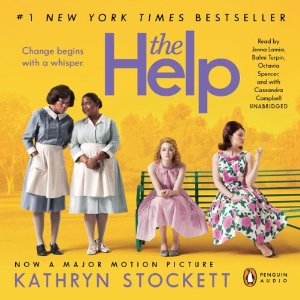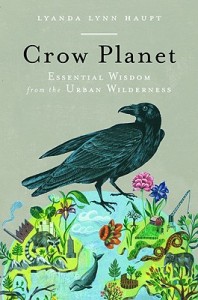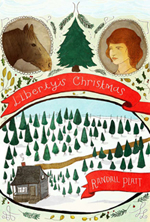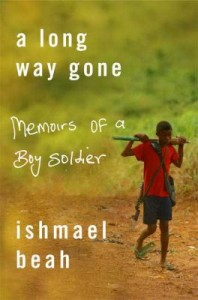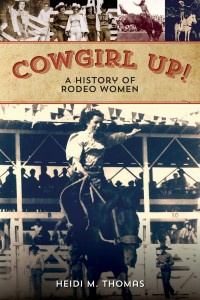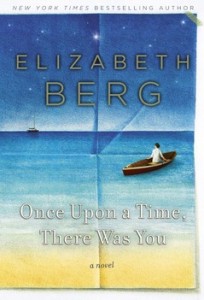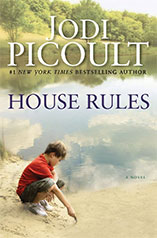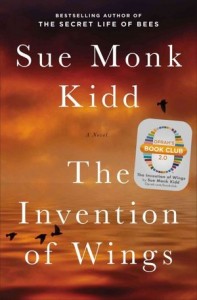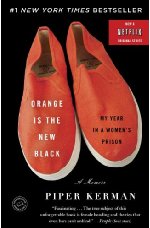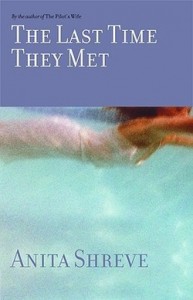 Clear your calendar for a couple of days and read Anita Shireve’s The Last Time They Met (Little, Brown and Company). Pour yourself a cup of coffee and settle in for a treat.
Clear your calendar for a couple of days and read Anita Shireve’s The Last Time They Met (Little, Brown and Company). Pour yourself a cup of coffee and settle in for a treat.
Linda Fallon encounters her former lover, Thomas Janes, while they are both reading their work at a literary festival. Now in their early fifties and both finally free to pursue a life together, their pasts loom before them, pasts littered with passion, guilt and regret.
Linda, at last being seriously recognized, had been married, divorced and then happily married and blessed with children. She is now widowed. Although she has known happiness, she nevertheless has never felt free of the bond with her first love, Thomas. Thomas, a literary legend, has been twice married and divorced, and has never recovered from his young daughter’s accidental death.
The book is written in three parts, starting with the present and going back in time. At the festival, they look back to their painful, yet over-powering chance meeting in East Africa when they were in their twenties. They were consumed with infatuation, but also with guilt since they were both married to someone else. They knew there was no solution, yet their passion was stronger than their sense of decency, or even common sense. The novel then goes back even further to when Linda and Thomas were teens. She, an orphan, lived with relatives, felt unwanted, unloved, and nursed a secret shame. Thomas was a child of wealth and position. Both teens were bright, gifted, and full of joy with each other. A tragedy separates them and both carry the effects the rest of their lives.
The Last Time They Met is a story of passion and obsession. I loved the African section and the resulting strange influence it has on the story. But it wouldn’t matter where in the world this novel took place, it would still be a work of strong and unresolved emotions, of human frailty, and failed expectations. The book is a marvelous study of human behavior and of what might have been.


